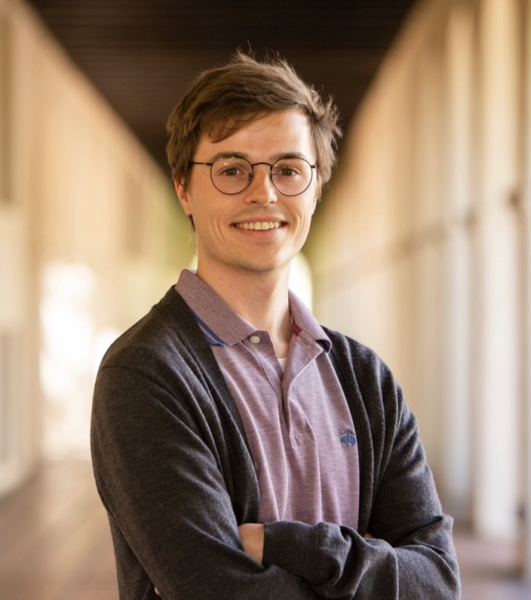Imaging Big Things at Fine Scales with Fiber-Measured Earthquake Wavefields
James Atterholt
USGS

- Date & Time
- Location
- Remote / Online-only seminar via Microsoft Teams
- Host
- Jeff McGuire
- Summary
Observations of broad-scale lithospheric structure and large earthquakes are often made with sparse measurements and are low resolution. This makes interpretations of the processes that shape the lithosphere fuzzy and nonunique. Distributed Acoustic Sensing (DAS) is an emergent technique that transforms fiber-optic cables into ultra-dense arrays of strainmeters, yielding meter-scale resolution over tens of kilometers for long recording periods. Recently, new techniques have made probing fiber-measured earthquake wavefields for signatures of large-scale deformation and dynamic behavior possible. With fibers in the Eastern California Shear Zone and near the Mendocino Triple Junction, I use DAS arrays to measure a diversity of tectonic-scale phenomena. These include the length scale over which the Garlock Fault penetrates the mantle, the plumbing system of the Coso Volcanic Field at the crust-mantle boundary, the topographic roughness of the Cascadia Megathrust, and the time-dependent rupture velocity of the 2024 M7 Cape Mendocino earthquake. Dense measurements vastly improve the clarity with which we can view these processes, offering new insights into how the lithosphere evolves and what drives the behavior of large earthquakes.
Closed captions are typically available a few days after the seminar. To turn them on, press the ‘CC’ button on the video player. For older seminars that don’t have closed captions, please email us, and we will do our best to accommodate your request.
 Jump to Navigation
Jump to Navigation